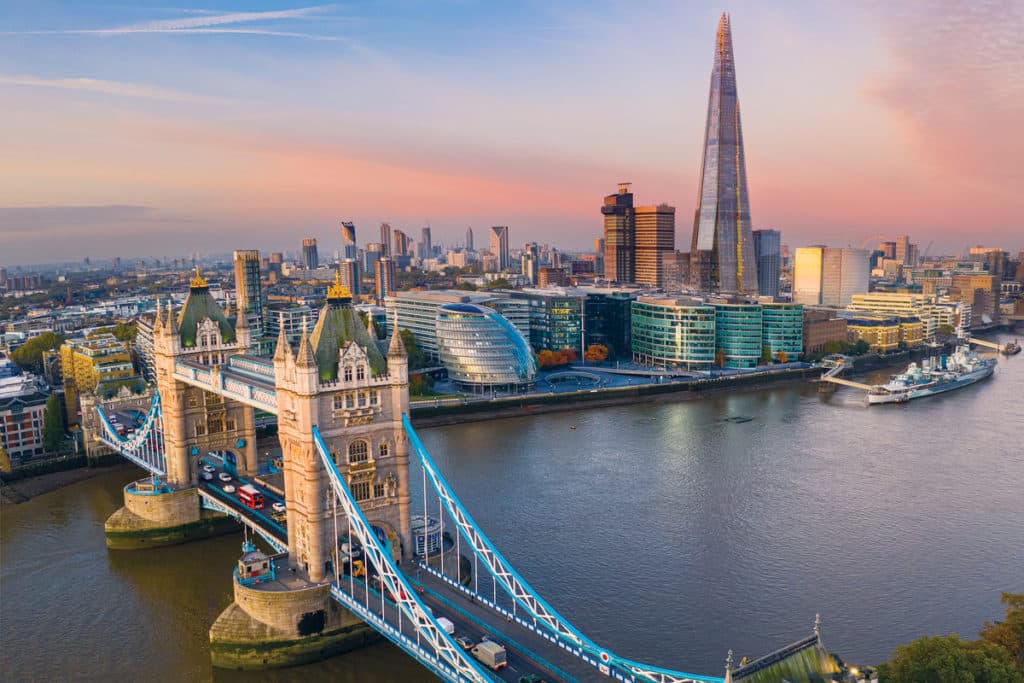Thames River

The Thames River, sometimes referred to as the River Isis in some places, is a river that passes through London and southern England. It is the second longest river in the United Kingdom, after the River Severn, and the longest river in England at 215 miles (346 km). It is not merely a geographical feature but a cultural lifeline that has shaped the identity and heritage of the nation for centuries.
From its ancient origins to the present day, the Thames has been a source of inspiration, creativity, and connectivity for people from all walks of life. In this comprehensive exploration, we delve into the multifaceted cultural importance of the Thames River, uncovering the layers of history, art, literature, and tradition that have woven together to form its rich tapestry.
Historical Significance:
The Thames River has played a pivotal role in the history of England, serving as a witness to countless events and milestones that have shaped the course of civilization. Since ancient times, the Thames has been a vital artery of trade and commerce, facilitating the exchange of goods, ideas, and culture between different communities along its banks.
During the Roman occupation of Britain, the Thames River served as the lifeblood of Londinium, the bustling metropolis that would later become London. The Romans built bridges, wharves, and docks along the riverbanks, transforming it into a thriving hub of activity and commerce.
In the medieval period, the Thames became the focal point of royal pageantry and political power, with monarchs using the river as a means of transportation and communication between their palaces and strongholds. The coronation processions of kings and queens, such as that of Queen Elizabeth I, often took place on the Thames, symbolizing the monarch’s authority and connection to the people.
Literary and Artistic Inspiration:
The Thames River has long been a source of inspiration for artists, writers, and poets, who have immortalized its beauty and significance in their works. From the romantic landscapes of J.M.W. Turner to the gritty realism of Charles Dickens, the Thames has been a muse for generations of creative minds.
In literature, the Thames features prominently in works such as “Three Men in a Boat” by Jerome K. Jerome, which humorously chronicles a boating trip along the river, and “Heart of Darkness” by Joseph Conrad, which explores themes of imperialism and colonialism through the journey of a steamboat captain up the Thames.
In art, the Thames has been depicted in countless paintings, prints, and drawings, capturing its ever-changing moods and atmospheres. Artists such as Claude Monet and William Hogarth found inspiration in the river’s picturesque landscapes and bustling cityscapes, while contemporary artists continue to explore its cultural and environmental significance through various mediums.
Cultural Landmarks and Traditions:
The Thames River is home to a wealth of cultural landmarks and traditions that reflect its enduring importance to the people of England. From iconic landmarks such as the Tower of London and St. Paul’s Cathedral to historic neighborhoods like Greenwich and Richmond, the Thames is dotted with sites of cultural and historical significance.
One of the most enduring traditions associated with the Thames is the annual Oxford and Cambridge Boat Race, which has been held on the river since 1829. The race pits the rowing teams of Oxford and Cambridge Universities against each other in a fierce competition that attracts spectators from around the world.
Another cultural landmark along the Thames is the Globe Theatre, a faithful reconstruction of the original Elizabethan playhouse where the works of William Shakespeare were first performed. The Globe Theatre continues to stage productions of Shakespeare’s plays, keeping alive the tradition of English theater along the banks of the Thames.
Environmental and Community Importance:
In addition to its historical and cultural significance, the Thames River plays a vital role in the environmental and community life of England. As a source of clean water, wildlife habitat, and recreational opportunities, the Thames contributes to the health and well-being of millions of people who live, work, and play along its banks.
Efforts to protect and preserve the Thames have led to the creation of initiatives such as the Thames Path National Trail, a long-distance walking route that follows the course of the river from its source to its estuary. The Thames also supports a thriving ecosystem of plants and animals, including fish, birds, and mammals, which rely on its waters for food, shelter, and breeding grounds.
Conclusion:
The Thames River is more than just a body of water—it is a cultural treasure that embodies the history, art, literature, and traditions of England. From its ancient origins to the present day, the Thames has been a source of inspiration, creativity, and connectivity for people from all walks of life. By exploring its historical significance, literary and artistic inspiration, cultural landmarks and traditions, and environmental and community importance, we gain a deeper appreciation for the enduring cultural importance of the Thames River in the life of the nation.
Know More about the Thames River.
What are The Religious Places of the Thames River?
When Did The Thames River Basin Become a Focus?
Where is The Thames River Located?
Who Were The Key Historical Figures and Civilizations of The Thames River?
How to Reach Thames River?




